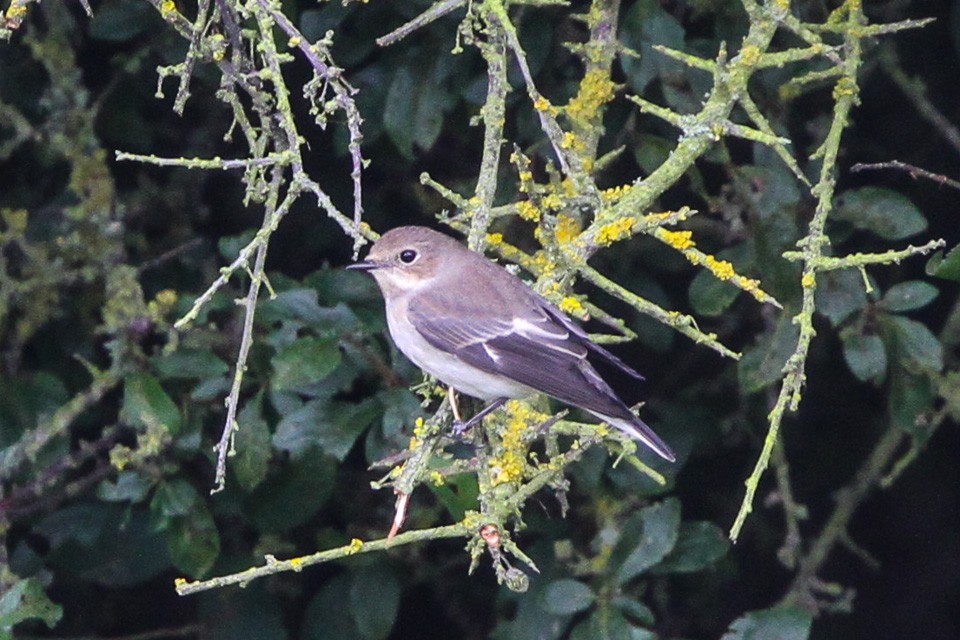European Pied Flycatcher
A species of Ficedula Flycatchers Scientific name : Ficedula hypoleuca Genus : Ficedula Flycatchers
European Pied Flycatcher, A species of Ficedula Flycatchers
Botanical name: Ficedula hypoleuca
Genus: Ficedula Flycatchers
Content
Description People often ask General Info
Description
Emitting cheerful sounding up and down whistles, the european Pied Flycatcher is often seen in open woodlands. The small songbird searches for insects in the tree’s foliage. It is also not uncommon to find one of the birds whistling on a wooden fence post. The European bird typically migrates to West Africa during cold winters.
Size
13 cm
Life Expectancy
9 years
Nest Placement
Cavity
Feeding Habits
European Pied Flycatcher mainly feed on insects, with a diet featuring ants, bees, and beetles. They actively forage, preferring larvae for some insects, while adults are favored for others. Nestlings consume more spiders and moth larvae, contrasting adults' preference for ants.
Habitat
European Pied Flycatcher is commonly found in a variety of well-wooded and forest habitats across Europe and northern Africa. Preferring open mature deciduous woodlands, it is more abundant in habitats with natural cavities for nesting. European Pied Flycatcher also occupies mixed woodland, orchards, parks, and urban areas with low-density settlements. In its non-breeding tropical African range, european Pied Flycatcher frequents edges of lowland and gallery forests, savanna woodlands, citrus groves, and cultivated areas with large trees. The species is adaptable and can be found up to 2000 meters in mountainous regions.
Dite type
Insectivorous
People often ask
General Info
Feeding Habits
Bird food type
Sounds
Call
Recording location: Belgium
Song
Recording location: Belgium
Song
Recording location: Belgium
Distribution Area
The European pied flycatcher has a very large range and population size, and is thus deemed to be of least concern by the IUCN. This species occupies areas of many different countries in Europe and northern Africa, also being present in the west Asian portion of Russia. More specifically, the nominate subspecies F. h. hypoleuca inhabits the UK, central Europe and Scandinavia, F. h. speculigera inhabits Morocco, Algeria and Tunisia, F. h. iberiae inhabits in the Iberian Peninsula, and F. h. tomensis in eastern Europe and Russia. The species is noted as a vagrant species in places in other countries in Africa and South Asia, such as Sudan and Afghanistan. This flycatcher typically spends winter in tropical Africa. The European pied flycatcher is a terrestrial bird, typically inhabiting open forests, woodlands, and towns. In 2005, the European population was listed to hold 3–7 million pairs. 
Species Status
They breed in upland broadleaf woodland. This means that in Britain they are limited due to geography to the North and West. They prefer mature oak woodland, but also breed in mature upland ash and birch woods. They require very high horizontal visibility - a low abundance of shrub and understorey, but with high proportion of moss and grass. Grazing needs to be managed to maintain this open character, but also allow the occasional replacement trees. They will sometimes use mature open conifer woodland where natural tree holes occur. Generally they prefer trees that have tree holes, i.e. dead trees, or dead limbs on healthy trees. They also like lichens that grow on trees. Grant funding for conservation The Forestry Commission offers grants under a scheme called England's Woodland Improvement Grant (EWIG); as does Natural England's Environmental Stewardship Scheme. 
Scientific Classification
Phylum
Chordates Class
Birds Order
Perching birds Family
Old world flycatchers Genus
Ficedula Flycatchers Species
European Pied Flycatcher 